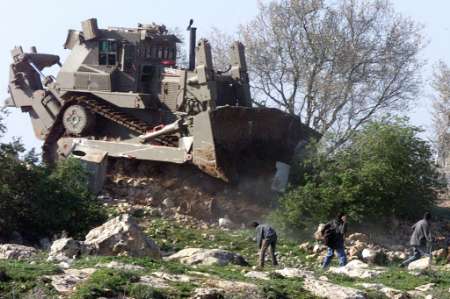The Economist, 30/08/07. There is still no shortage of Israeli-Palestinian co-existence projects, but serious activists are more sceptical of them than they used to be. Seven years after the last serious peace talks collapsed, polls show that most Israelis and Palestinians still think a two-state solution is the only viable end to their conflict. But their views on the details, such as the borders and the fate of Palestinian refugees, remain far apart, and most doubt it will happen in the next few years. When Israel's main peace groups called a rally in June to mark 40 years of occupation, perhaps 4,000 people turned up. The many hundreds of Israeli and thousands of Palestinian deaths during the second intifada have hardened hearts; Israeli security measures have rendered most of the projects that brought together Israelis and Palestinians across the Green Line (the pre-1967 border) impossible.
The start of the intifada, says Amnon Be'eri-Sulitzeano, the director in Israel of the Abraham Fund, was “a big bang in the co-existence world. Many activists realised that just bringing people together isn't enough.” Palestinians were unhappy that such projects often ignored the inequalities between them and Israeli Jews, or acted as a conscience-salve for the Israelis. “Existence first, co-existence later”, became a common Palestinian slogan.
Arab-Israelis, who, though a fifth of the population, contribute less than a tenth of GDP.
A study earlier this year by Israel's Haifa University found that a seven-month peace-education programme for teenagers did very little to change basic attitudes about each other, and any changes were lost again a few months later. Seeds of Peace, which brings Israeli and Palestinian children to summer camps in the United States (pictured), realised after some years that it had to involve them in follow-up projects too.
Iscriviti a:
Commenti sul post (Atom)

Nessun commento:
Posta un commento